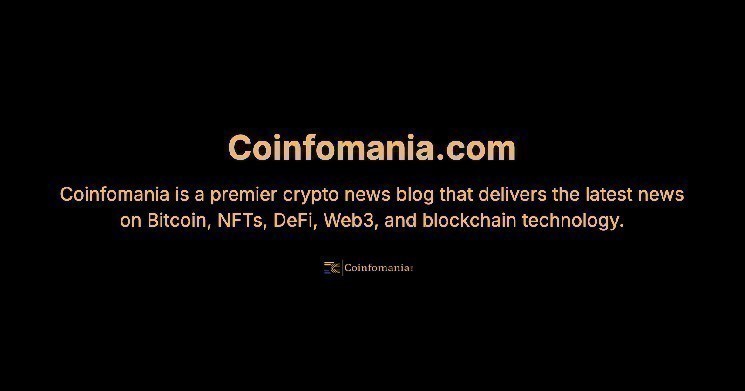Solana has once again taken the crypto world by storm, surpassing Ethereum and Binance Smart Chain in 24-hour decentralized exchange (DEX) trading volume. This surge signals Solana’s return to dominance in a space long dominated by Ethereum, and highlights Solana’s growing prominence among traders and DeFi enthusiasts.
Over the past day, Solana has recorded a significant spike in DEX transactions due to increased liquidity, faster transaction speeds, and a surge in meme coin and DeFi activity. The network's scalability and low fees make it a preferred hub for active traders looking for efficiency without the congestion often found on Ethereum.
This milestone highlights a major market shift in decentralized trading preferences. As DEX trading volumes rise, this reflects a new wave of confidence from both retail traders and institutional investors, and shows that Solana's ecosystem is maturing at an impressive pace.
🚨Breaking news: Solana overturns ETH and BINANCE in 24-hour DEX volume — regains the number 1 spot!!!🚨 pic.twitter.com/JqnPPLPfVK
— SolanaNews.sol (@solananew) October 12, 2025
How Solana grew rapidly ahead of Ethereum and Binance
While Ethereum remains the DeFi king in Total Value Lock (TVL), Solana’s ability to process thousands of transactions per second gives it a strong advantage in decentralized exchange trading. Its network fees are often a fraction of a cent, in stark contrast to Ethereum's high gas costs, which discourage small traders.
This change in performance highlights an important story in the Solana vs. Ethereum debate. While Ethereum still dominates its vast developer community, Solana's technical efficiency is starting to attract projects seeking speed and cost-effectiveness without sacrificing decentralization.
What’s driving Solana’s explosive DEX growth?
There are many reasons why Solana's decentralized exchange has seen an increase in trading volume recently. First, the ecosystem developed its own liquidity pool and created a meme coin that generated a large amount of trading. Additionally, Solana's perfect latency and high throughput provide the perfect environment for high-frequency trading, where even a small amount of time can have a significant impact on profitability.
Secondly, there is a new step away from centralized exchanges as customers and users are changing from centralized exchanges to decentralized exchanges, and especially as customers and users are now uncertain about any regulations that create problems for the use of centralized exchanges. The majority of users are moving towards decentralized technologies that allow users to retain custody, and Solana is capitalizing on this space.
conclusion
The results are extraordinary, but staying on top depends on continued innovation and reliability. Networks must continue to maintain uptime and scale as transaction loads increase.
While Ethereum is making improvements to scaling, and Binance has a large user base around the world, Solana's continued performance under significant load shows that it is no longer just an “Ethereum alternative”, but a competitor in its own right. The coming months will be critical in determining whether Solana can continue to gain momentum and establish itself as the preeminent decentralized exchange trading platform.

